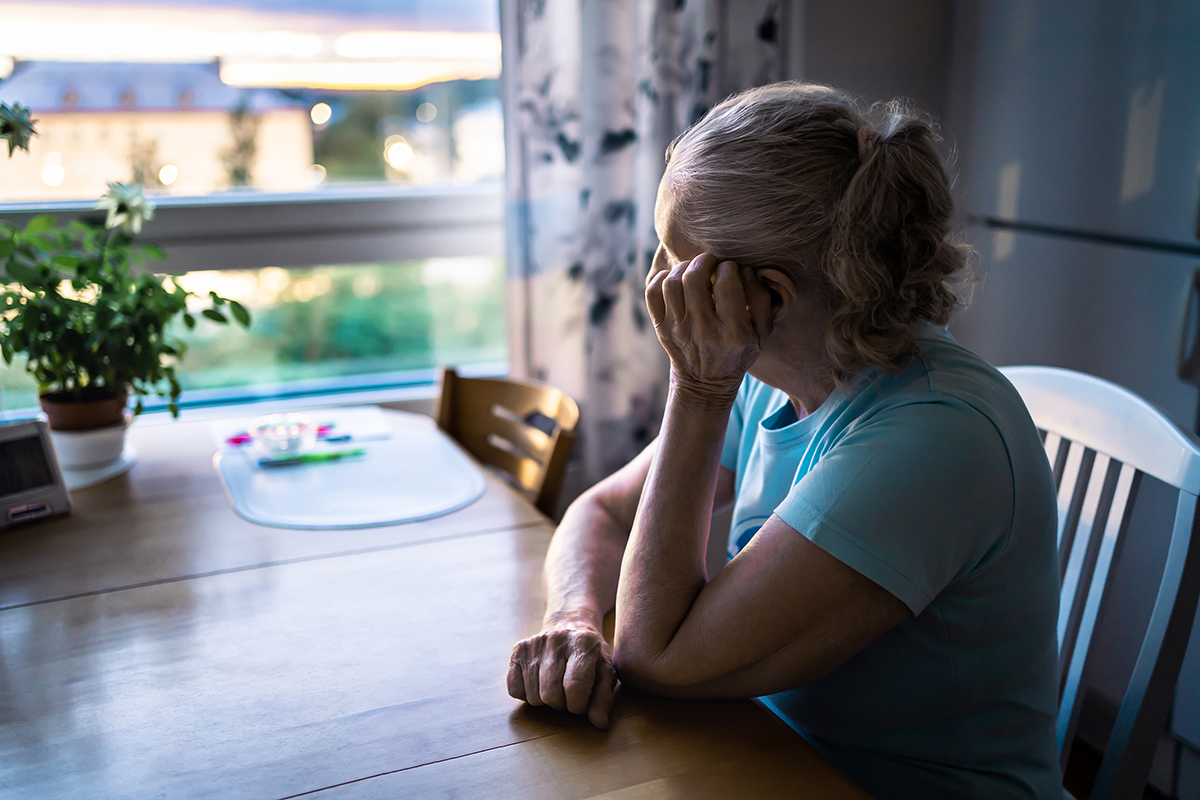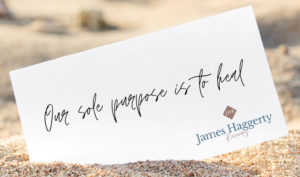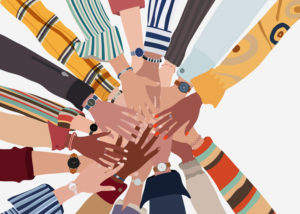Loneliness and Addiction: A Dangerous Connection
It is also no surprise that there is a very real link between loneliness and substance use disorders. Loneliness is a feeling that has been on the rise in our society for a long time. Even before the pandemic separated us all, studies of adults showed that many people felt completely or partially isolated from their community.
As it becomes more expensive to spend time with people, and as social media stands in for true connection more and more, it’s no surprise that more people are feeling left without meaningful relationships. This also creates a very natural secondary effect; people are looking for anything to make them feel connected, to make them feel better, and to take their minds off of their loneliness.
A Link Between Loneliness and Addiction
During the early pandemic, a study out of the University of Miami School of Medicine charted the effects of the increase in isolation on young adults’ habits. One of the most devastating effects the study uncovered was a sharp increase in both mental health problems, mostly anxiety and depression. They also noted that a fifth of the studied population was using substances, with over a third of them reporting severe substance use problems.
This is one more significant piece of evidence among a mountain of other evidence that tells the same story: as people are isolated or taken out of the community, substance use rises. Isolation can occur for any number of reasons, not just a national health emergency. Isolation can be something that is inflicted on a person when they are rejected for traits that they have and the community unjustly rejects them. People can also engage in self-prescribed isolation in reaction to being overwhelmed by averse stimuli, in the case of people with sensory issues.
Self-prescribed isolation can also start due to the stress of constantly interacting with people who want things from you, who have expectations of your behavior that you cannot match, or not wanting to have to explain the effects of a trauma you’ve endured.
No matter the reason, once a person is isolated, other problems tend to rapidly come out of the woodwork. Severe loneliness is associated with mental health problems. We see an increase in anxiety, depression, and suicidal ideation as people spend more and more time alone. There are also physical symptoms that come along with isolation.
Some studies have found that poor sleep, immune system weakening, and other health issues can accompany feeling alone. With all of this in mind, it is no surprise that a person with all that weight on their shoulders may start exploring other avenues to feel better, which can lead to increased substance use.
Self-Reinforcing Cycle
Substance use due to loneliness can become a self-reinforcing issue. As a person starts to use more substances to the point where it becomes a problem, they may withdraw from their previous social connections. In fact, withdrawal from previous social connections is known in the treatment community as a red flag for substance use disorder.
This withdrawal can occur because a person wants to spend more of their time using substances, but it can be just as much about hiding their substance use from people who care about them. Others fear the loss of control they feel they may demonstrate if they were to admit their issues with substance use. Still, others withdraw out of shame or even necessity, as they spend more time feeling ill or high.
Consider the fact that some people experience many of the above situations. With fewer positive things in their life, a person may have a harder time choosing to do something other than substance use. The effort to rejoin old social circles or join new ones becomes more significant and harder to do the longer they’ve been out of practice with engaging with new people in a genuine way. And so, the cycle continues, driving people deeper and deeper into substance use.
If any of this sounds like something you or a loved one may be going through, the situation is not without hope. There are many ways to deal with isolation and loneliness and move into a new and better place for yourself. The first step is to recognize the pieces of the puzzle that put you there in the first place.
Self-Care For Loneliness and Addiction
While you won’t get to a new, healthier place overnight, there are some habits that you can start adapting in order to give yourself a better chance every day. Here are a few that have been found to help people deal with the sharp edges of loneliness as they overcome addiction.
Be Accepting of Your Own Feelings
Accept your feelings before correcting them. There is a tendency to chide or shame ourselves when we do something we wish we hadn’t, especially if it leads to a negative outcome. This actually has a similar effect to someone else berating you and often only serves to worsen the situation.
For example, when I chide myself, it doesn’t make me feel better, and it doesn’t help me learn what I’m doing wrong – it just makes me feel worse. Sitting with your emotions and learning to understand them before getting upset that you’re feeling them can give you the presence of mind to identify what needs to come next. Acceptance can help you develop the right frame of mind to make good choices rather than just demanding them.
Watch Your Social Media Use
Social media is only good when it’s good. Social media can be a tool for connecting with people, but when it starts to become a substitute for real human interactions or make you feel lonely, it’s not doing you any good. Rather than continuing to stay on social media, change over to an activity that has a chance of making you feel better or less lonely. Passive social media use can be swapped out for participating with your family in a game night or even just chatting with a loved one on the phone.
Be More Social
I know; it’s easier said than done. However, make an effort to volunteer, join clubs or find interest groups. These are all good ways to meet people who share your values and to do activities that make you feel good about yourself. Scheduling this kind of activity can be a great way to bust that feeling of loneliness.
Practice Self-Care
Take care of yourself in all the little ways you can do on your own. Making sure to get enough sleep, getting out into nature, making an effort to get exercise, and eating well have all been shown to decrease symptoms of anxiety or depression. This makes your baseline mental health a bit better, which can take the weight off everything else you do in your day.
Resources for Fighting Substance Use Disorder
If you’re like me, you know better than most that eliminating those feelings of loneliness and isolation is not as simple as it sounds on paper. If you are currently in a dark place or in crisis, there are essential resources you can rely on both tonight and tomorrow. We’ll start with resources for tonight because getting through tonight comes first.
Resources for Help Right Now
The National Suicide Prevention Lifeline at 1-800-273-TALK (8255) has people available to talk to you 24 hours a day, seven days a week if you are currently considering taking your life or have been feeling suicidal. They have people that are there to support you through this dark moment, and they are waiting right now as you are reading this. Call them tonight; you’re important.
The Substance Abuse and Mental Health Services Administration (SAMHSA) National Helpline (1-800-662-4357) is also available if you or someone you know is dealing with substance abuse disorder or mental health challenges. They can talk you through the specifics of your situation and can provide referrals for treatment facilities, support groups, or community-based organizations in your area that can help you. You don’t have to get through this alone.
Smart Recovery: https://www.smartrecovery.org/
Resources for the Long-Term
Finding longer-term care and resources can seem daunting, especially if you are operating without a support network you trust. Fortunately, there are a significant number of resources available for people at different points in the recovery journey. Together, they can help you find the support that you need. I’ve put together a few highlights below and a complete list in my Family Resources section.
Alcoholics Anonymous and Narcotics Anonymous
These are two of the most widely available programs in the United States, with multiple meetings in nearly every city and most towns in the nation. The Anonymous programs and other 12-step programs welcome anyone who is committed to recovery, and these organizations can give you a readymade group of peers who are committed to recovery. For many people, this support makes the difference between failing to overcome their substance use disorder and being able to get back to the work of recovery after a relapse or a triggering tragedy.
The fact that the first thing that these programs do is to put people in direct community with people who can share their life experiences is no accident. Eliminating feelings of isolation also removes a powerful trigger to use substances. These groups can be the backbone of any recovery program.
The support group model has been retained by most recovery programs precisely because it is such a powerful tool for reframing your struggle and helping you to stay with it when you feel you might not be enough. Being able to see other people invested in your success – and to know that is their real intent – is incredibly freeing. I highly recommend that anyone struggling with addiction try a 12-step support group during their journey.
Alcoholics Anonymous: https://www.aa.org/
Narcotics Anonymous: https://www.na.org/
Self-Directed Recovery Program
For some people, the structure of traditional recovery programs can be both a practical and personal barrier to starting the process. Finding a program with meetings that fit your schedule may be difficult, or you may find the first steps to utilize a group in a way that genuinely benefits you to be too daunting. These are not 12-step programs, nor are they typically based on spirituality or a higher power.
Loneliness Support Groups
Loneliness might not immediately present itself as something that you’d think to look for a support group to solve, but in fact, there is an expanding network of support groups specifically for helping people to cope with the overwhelming feeling of loneliness in their lives. There are both online and in-person loneliness support groups. Support groups are a great way to provide a community for people going through any kind of issue, not just substance use disorders.
Loneliness Support Groups: https://www.meetup.com/topics/loneliness/
Online Therapy
Scheduling an appointment with a licensed professional to help with your mental health issues can be a headache, especially for people working long hours or inconsistent schedules. Fortunately, for all of the heartache and isolation that COVID-19 and technology have brought us, they have also given us some new opportunities for connecting with professional mental healthcare on our schedules.
This means that you don’t have to spend extra money on gas, child care, or take time off work in order to make your therapy appointments. For some people, that little change in accessibility can be the difference between getting the help that they need and continuing to suffer with their mental health and substance use problems for years.
BetterHelp Online Therapy: https://www.betterhelp.com/
TalkSpace Online Therapy: https://www.talkspace.com/
Taking the Next Steps
Of course, the first step towards recovery – even outside 12-step programs – involves admitting there is an issue and seeking help to resolve it. A comprehensive treatment program that addresses mental health and substance use disorder together is often the best way to take that first step away from the loneliness and isolation of addiction.
There are a lot of wonderful resources for substance use and alcohol recovery to help you along the way. Whether you would like some additional support on your own journey out of loneliness or you need help encouraging your loved one to begin the journey, reach out. We’ll make a plan of action together.
You Can Do This,
Jim
References:

















